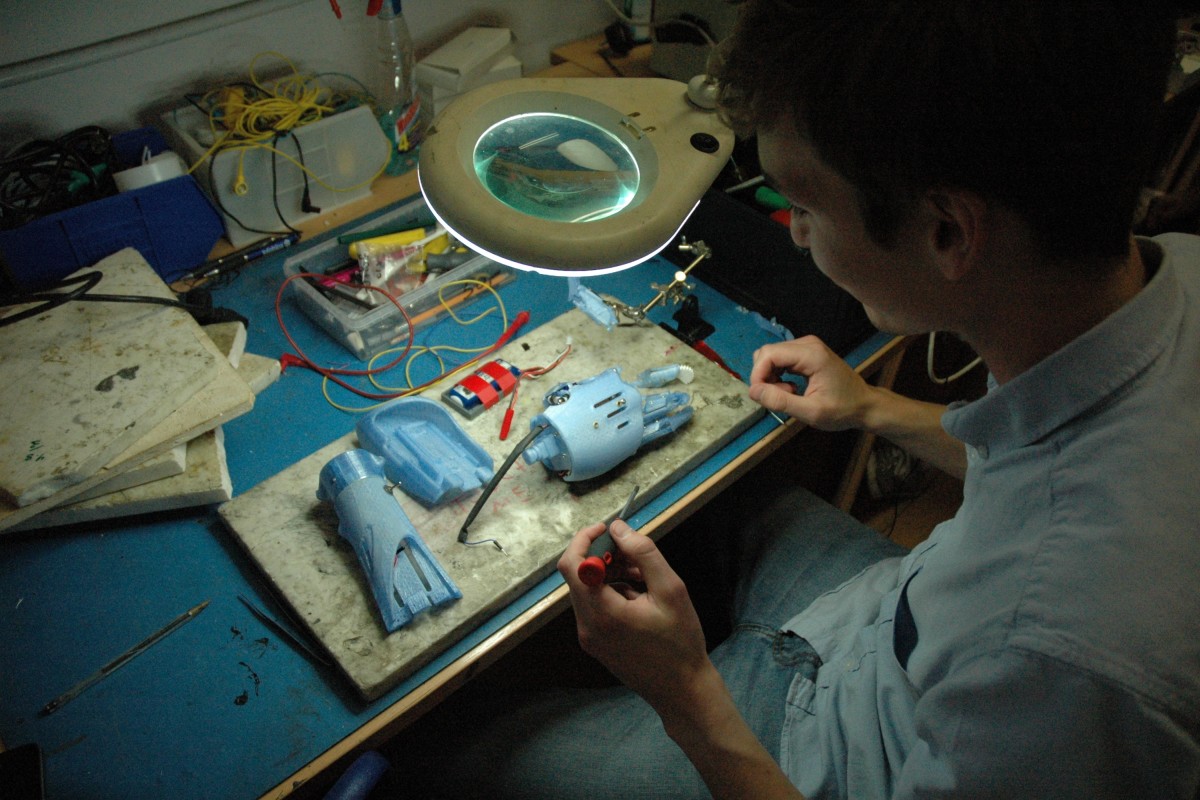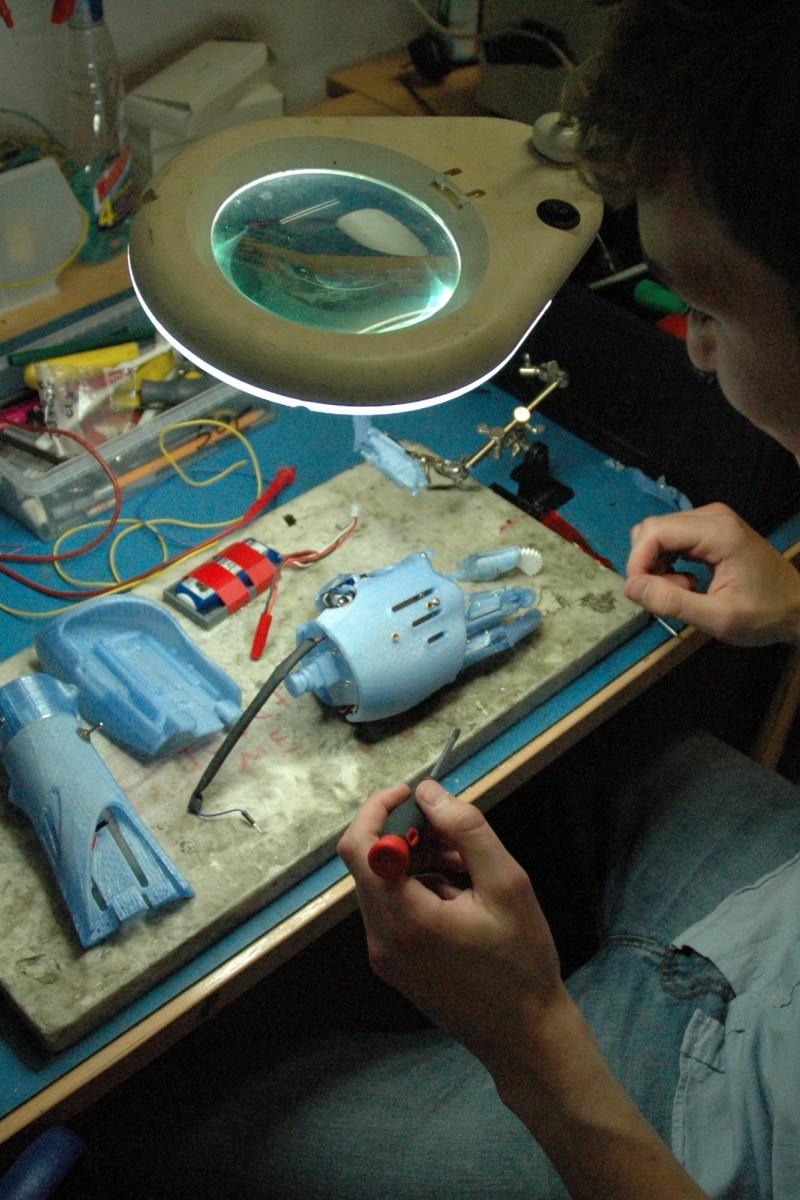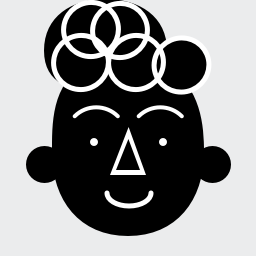 The HACKberry is still only a prototype, but Cameron is working with an international team to make it a functional reality
The HACKberry is still only a prototype, but Cameron is working with an international team to make it a functional realityIt all started with a post to an online forum. Matt Cashman was looking for advice on how to help his brother Ryan get back into weight lifting after losing both hands in an oil rig accident.
It was the perfect opportunity to test out the HACKberry, an open source 3D printable myoelectric prosthetic arm - in other words, a bionic arm which would read signals from Ryan's muscles so he could control individual fingers and have a prosthesis which performed like an actual arm and hand. I reached out to Matt and Ryan, and we began work to build Ryan new arms.
The HACKberry was created by Genta Kondo, Hiroshi Yamaura and Tetsuya Konishi of exii Inc, a Japanese robotics company based in Tokyo that specializes in bionic arms.
While I had the plans to build the arms, I knew I'd need help to make the project a success. The first person to join the project team was Neela Janakiramanan, a hand surgeon from St. Vincent's Hospital in Melbourne Australia. Neela was part of the team which completed the first successful hand transplant in Australia, and she hopes to be able to assess the outcome of this project as an official study.
Neela explained to me that many health interventions start with good intentions, but fail in the long run because they're not implemented systematically.
And we want this project to succeed, not just for Ryan Cashman, but for other amputees we are including in the project as well, like Rosa Moreno. Rosa lost both her arms in a factory accident in Mexico, and hasn't been able to afford prostheses. We were able to contact Rosa through the non-profit Partners for Responsible Trade, and will also be working to build customised HACKberry prostheses for her as well.
The last few weeks have been very exciting for everyone involved in the project. Hiroshi Yamaura from exii inc. has joined the team, which also includes other experts in engineering and materials, as well as an amputee with 15 years of experience using prostheses to provide advice and insight.
Our team has grown to over forty researchers, engineers and designers - including everyone from engineering students to healthcare professionals. To make things more efficient, we have split into three teams. Team one will work on the general use partial hand prothesis for Ryan Cashman. Team two will work on the weightlifting protheses for Ryan, which will include a rep counter so he can monitor his workouts with his smartphone. Team three, led by myself and Hiroshi Yamaura, will work to modify the HACKberry design to fit Rosa's existing prosthesis socket.
We have also confirmed a partnership with a social enterprise in India who are launching a campaign to provide free protheses to 5,000 people in India over the next three years. Once we have developed the HACKberry for Ryan and Rosa, we can release the details into public domain, which will make creating and distributing these life-changing prostheses easier and affordable.
The HACKberry uses sensors to receive signals from muscle and tissue to operate individual fingers and hand movements
Anyone is welcome to join the project to contribute their time and expertise, so if you would like to get involved, please email me!

